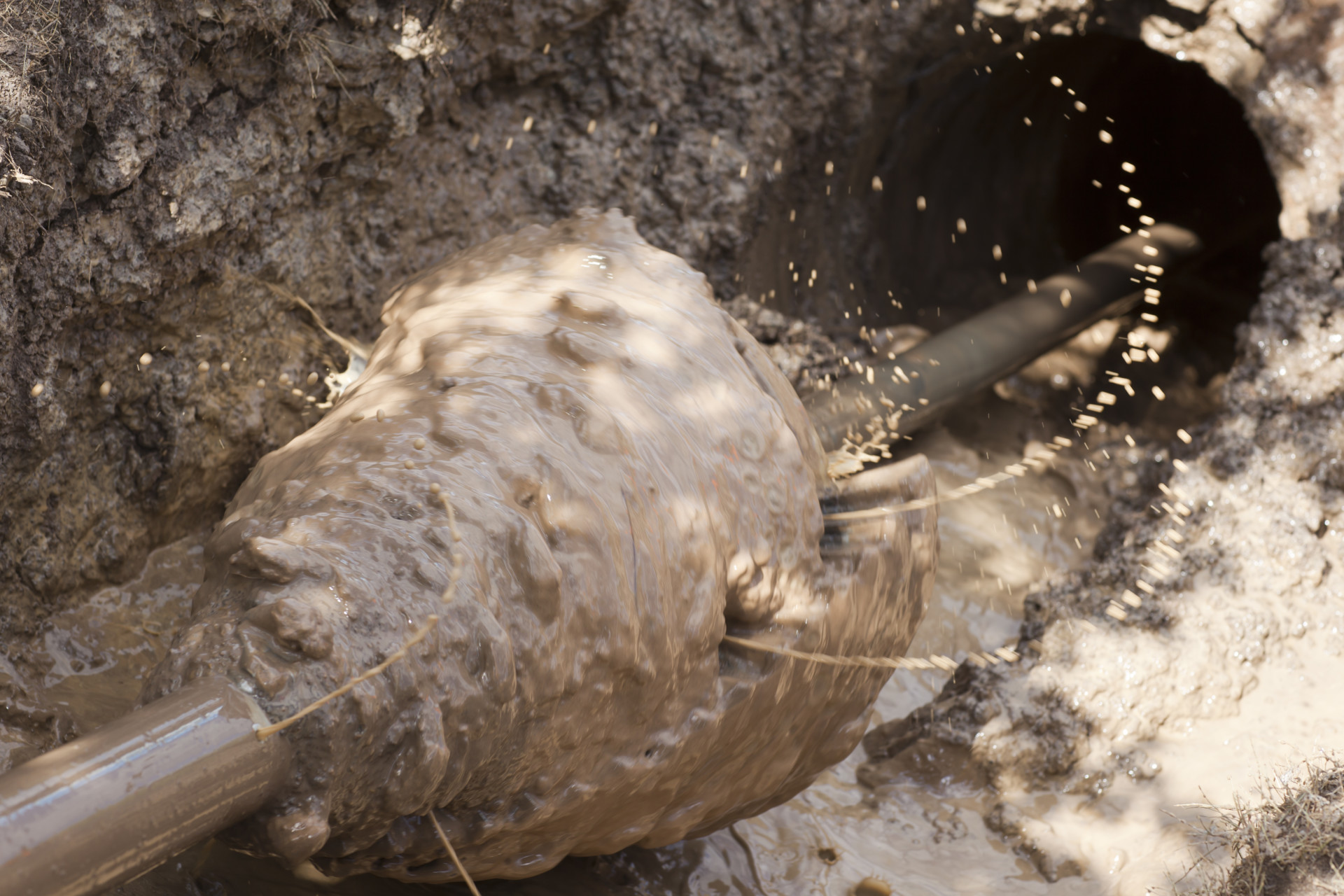Directional borehole drilling has emerged as a transformative technique in the field of resource management, revolutionizing how companies extract and utilize resources. This cutting-edge method enables operators to bore at various angles and depths, allowing access to reserves that were previously deemed unreachable. As the international demand for energy, infrastructure, and resources continues to escalate, understanding the fundamentals of directional drilling becomes increasingly important for professionals and enthusiasts alike.
In this article, we will explore the advancement of directional drilling technology, its diverse applications across sectors such as oil and gas, infrastructure development, and alternative energy, and the important benefits it offers over traditional drilling methods. From reducing environmental impact to enhancing operational efficiency, directional drilling represents a key shift towards more eco-friendly resource management practices. Join us as we delve into this fascinating world and explain the details and advantages of directional drilling.
Comprehending Directional Borehole Techniques
Directional borehole techniques is a sophisticated drilling technique that allows operators to develop wells that diverge from the straight path. In contrast to traditional vertical drilling, which goes straight down to the target, directional drilling can navigate around obstacles and get to more subsurface resources. This method is especially valuable when drilling in metropolitan areas or ecologically-sensitive locations where surface disruption must be reduced.
One of the primary advantages of directional drilling is its capability to reach multiple targets from a single drilling site. By projecting laterally from a vertical wellbore, operators can effectively extract resources from a broad area without the need for several drilling locations. https://postheaven.net/brandarcher9/exploring-the-horizons-an-guide-to-directional-drilling reduces costs but also lessens the environmental impact, making it a crucial technique in sustainable resource management.
In the scope of multiple industries, directional drilling plays a crucial role in energy exploration, utility placement, and even renewable energy projects. The ability to regulate the drill path with precision opens up fresh possibilities for accessing remote resources while ensuring security and compliance with environmental regulations. As technological advancements evolves, the applications and benefits of directional drilling continue to grow, emphasizing its significance in modern construction development.
Benefits and Applications
Directional borehole drilling offers significant benefits over conventional drilling techniques, making it an attractive choice for many sectors. One of the most notable benefits is the capability to minimize impact on the surface. By enabling drilling at angles, operators can avoid sensitive areas and reduce the ecological footprint associated with surface operations. This ability also translates to fewer land disturbances, which is ever important in city environments and environmentally fragile locations.
The applications of directional drilling are vast, spanning the energy sector to service installation and sustainable energy projects. For case in point, in the petroleum field, this method allows for accessing hard-to-reach resources while maintaining a smaller surface footprint. Similarly, when setting up pipelines, directional drilling techniques can steer under barriers like bodies of water and roads without the need for major excavation, thus preserving existing infrastructure and lessening local disturbances.
Moreover, the techniques is evolving with improvements that enhance its efficiency and effectiveness. From cutting-edge hole tracking and tracking tools to the integration of AI and robotics, these developments are assisting to tackle common obstacles in drilling tasks. The emphasis on precision and precision not only streamlines operations but also facilitates the transition toward sustainable development, aligning with modern sustainability criteria and methods.
Future Trends in Directional Drilling
The future of horizontal drilling is poised to be influenced by advancements in technological advancements and innovation. As industries require more efficient and accurate drilling techniques, the integration of AI and ML will change how drilling projects are planned and carried out. Predictive analytics can assist in foreseeing issues, allowing companies to make informed decisions that improve safety and cut costs. This tech-driven leap will also enable real-time monitoring, ensuring that drilling operations remain on course and within set parameters.
In addition to AI, the role of automation in horizontal drilling is increasingly important. Robotic drilling systems can optimize operations by modifying drilling parameters in real-time to adapt to changing geological conditions. This not only boosts drilling efficiency but also minimizes human error, leading to more reliable outcomes. As these automated systems evolve, we can anticipate to see a decrease in operational costs and an improvement in project timelines, rendering directional drilling even more attractive for a range of applications.
Moreover, the push for sustainable practices will drive developments in directional drilling. https://zenwriting.net/thumbton1/below-the-surface-the-art-of-directional-bore on reducing environmental impact will lead to the development of new drilling fluids and technologies that reduce surface disruption. Companies will increasingly favor eco-friendly solutions, such as using biodegradable materials and techniques that preserve fragile ecosystems. As the sector moves toward more sustainable infrastructure, directional drilling will serve a key role in making sure that resource extraction and utility installation align with environmental protection goals.

